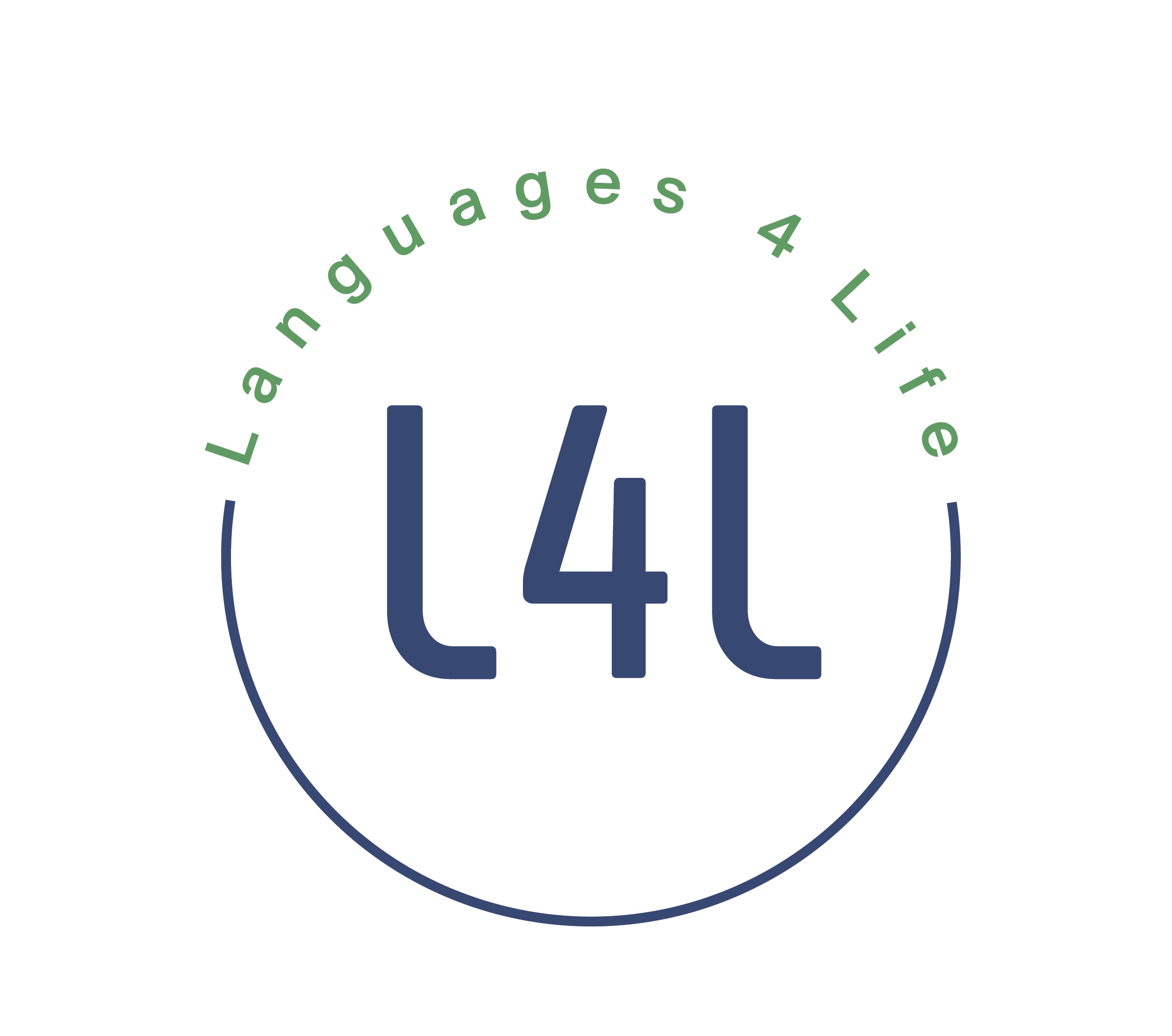Have you ever sat next to a Spanish speaker and asked, “Hm, I wonder where they’re from?” With over 500 million Spanish speakers in the world, and twenty-two Spanish speaking countries, there’s bound to be a huge variety of dialects. Here is a basic (and highly generalized) breakdown of 6 different Spanish accents, so you can impress your friends with your cool language skills next time you come across a group of Spanish speakers:
Argentinians (and Uruguayans) are known for pronouncing the y and ll sounds with a sh sound, especially those from Buenos Aires (called Porteños). This makes their accent quite noticeable and differentiates them from most other Spanish speakers. They also use vos instead of tú, the interjection che, meaning “Hey!” or “dude”, viste (“you know”), and ciao to say “bye”, like Italians! There is a strong Italian influence in Argentina, which is also why their Spanish has a quite similar intonation to Italian.
Colombians (similar to Venezuelans), have a variety of relaxed, soft-sounding dialects, which make them some of the easier Spanish speakers to understand. They often use diminutives, adding -ito or -ico to the ends of words to convey a smallness or sense of endearment (gato – gatico), and many use usted instead of tú. You’ll hear words such as chevere and bacano, which mean “cool”.
Chileans are known for speaking extremely fast and having a jolly, eccentric dialect. They drop the -s off the end of most words, change the ch sound to a sh sound (Chile sounds more like Shile), and use words such as Cachai? (“You know?”), bacán (“cool”), pololo/a (“boyfriend/girlfriend”), carrete (“party”), and the most famous weón, which is like “dude” between friends, but can also have a derogatory connotation. Chileans also like to add “po” after words and sentences. Sí po!
Mexicans have a wide variety of dialects depending on their region, but overall have a pretty clear, neutral accent. They use este as a filler and use words such as wey (“dude”), Mande? to ask someone to repeat something, Qué onda? (What’s up?), neta (“really”), Ni modo (“Oh well”), chido (“cool”), and sale (“OK”). They also use vale to say OK, like in Spain, but not dale, like in other Latin American countries. Ahorita is another common word, and causes much confusion to Spanish learners as it’s a diminutive of ahora (“now”), but might mean “in ten minutes”, “in an hour”, “later” or even “whenever I get around to it…”
Spaniards also have a plethora of dialects, but an encompassing characteristic is their use of ceceo, meaning they pronounce c and z sounds with a sort of th sound, where all other Spanish speakers use seseo, pronouncing c and z with a s sound. So, Barcelona in Spain sounds more like Barthelona. The Spanish also use the pronoun vosotros (you plural) and all its conjugations, where almost all other Spanish speakers use ustedes. Vosotros habláis, vosotros cantáis, vosotros gritáis. They have many distinctive ways of saying “that’s cool” – que guay, que chulo, mola, es una pasada. They also say guapo/a where Latin Americans might say lindo/a.
Caribbeans tend to cut the ends off words, especially those that end in d and s, dropping the d in mitad or the s in estás. Dominicans are known for dropping the d in words ending in -ado, so colgado would sound like colgao. Puerto Ricans replace many of their r’s with an l (mentir → mentil) and also use many English words in their vocabulary due to their relationship with the United States. And Cubans drop more consonants than anyone, causing their Spanish to sound quite vowel heavy.
What does your Spanish sound like? If you have any corrections, improvements or additions, please let us know in the comments!
Good luck detecting those Spanish accents!


